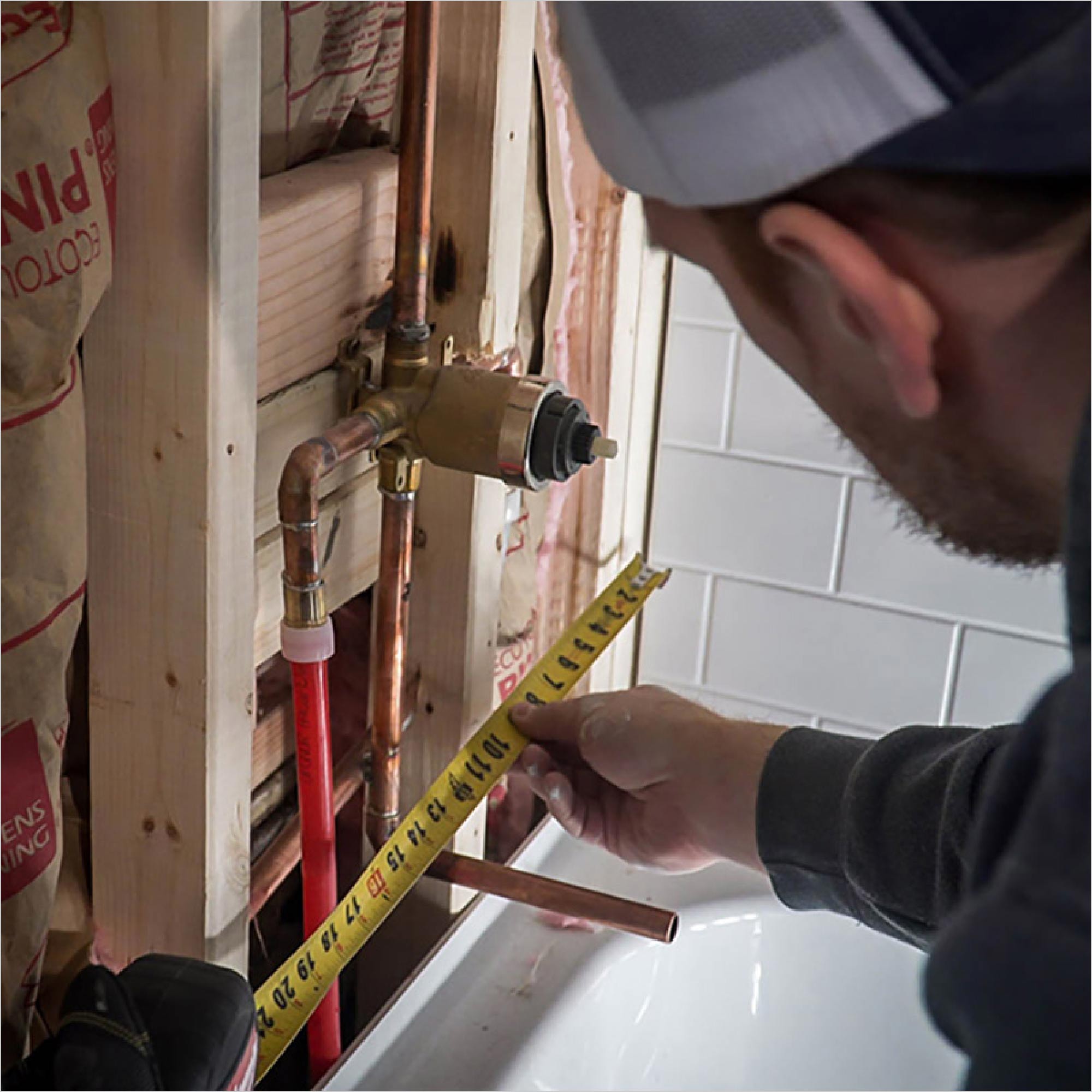Proactive Measures to Stop Common Plumbing Issues in Your Home
Proactive Measures to Stop Common Plumbing Issues in Your Home
Blog Article
This great article in the next paragraphs on the subject of How to Deal With and Prevent Common Plumbing Problems is quite interesting. Give it a go and draw your own personal assumptions.

Intro
Preserving a useful plumbing system is crucial for a comfortable home. By taking safety nets, you can avoid usual plumbing problems that might disrupt your life and incur costly fixings.
Normal Upkeep Checks
Routinely examining your plumbing system is crucial for recognizing prospective concerns prior to they rise. Inspect pipes, faucets, commodes, and appliances for leakages, deterioration, or indicators of wear and tear.
See What You Flush
Bear in mind what you purge down your toilets. Avoid purging things such as wipes, cotton spheres, sanitary items, and paper towels, as these can trigger blockages and backups in your pipelines.
Appropriate Disposal of Grease and Food Waste
Dispose of oil, oils, and food scraps properly to prevent build-up in your pipelines. Avoid pouring oil away, as it can strengthen and cause clogs. Use a filter in your cooking area sink to catch food bits and empty it consistently.
Screen Water Stress
Watch on your water pressure to stop tension on your pipes and devices. High water stress can result in leaks and damages gradually. Consider installing a pressure regulator to keep optimum water stress throughout your home.
Protect Pipelines from Freezing
During winter, take actions to prevent your pipes from cold. Protect subjected pipes, especially those in unheated locations like basements and attic rooms. Enable faucets to leak throughout freezing temperatures to stop water from freezing in the pipes.
Address Leaks Immediately
Resolve any type of leaks or trickles as soon as you see them. Even small leaks can drainage and cause damage to your home over time. Tighten loose installations or replace worn-out seals to avoid leakages from intensifying.
Be Gentle with Plumbing Fixtures
Avoid utilizing excessive force when operating plumbing components such as faucets and shutoffs. Rough handling can trigger deterioration, causing leakages and other malfunctions.
Routine Drain Cleansing
Schedule normal drain cleaning to stop build-up of hair, soap residue, and other debris. Make use of a drain serpent or enzymatic cleaner to get rid of obstructions and preserve smooth water drainage.
Install Water Softeners
Think about mounting a water softener if you have difficult water. Difficult water can cause mineral accumulation in your pipelines and home appliances, leading to reduced water circulation and efficiency.
Educate House Members
Educate everyone in your home about proper plumbing techniques. Teach them what ought to and should not be flushed or dealt with down the tubes to avoid preventable plumbing troubles.
Verdict
Preventing common plumbing issues in your home requires persistance and normal upkeep. By complying with these safety nets, you can make certain that your plumbing system runs smoothly and prevent expensive repairs in the future.
Expert Tips for Preventing Common Plumbing Issues
Keep Drains Clear and Functional
Regularly clean drain covers and hair-catching devices to eliminate debris and prevent buildup. Avoid disposing of grease, oil, or coffee grounds down your drains, as they can congeal and accumulate over time, creating obstructions. Consider using a biodegradable drain cleaner periodically to break down organic matter and maintain clear pipes. Prevent and Identify Leaks Early
Regularly inspect visible plumbing connections, pipes, and fixtures for signs of moisture or corrosion. Fix loose connections or replace damaged components as needed. Install water leak sensors in high-risk areas such as under sinks, near water heaters, and around washing machines to provide early warning of potential leaks. Monitor your water bill for sudden increases in usage, which may indicate a hidden water leak. Protect Plumbing from Freezing Temperatures
Allow faucets to drip slightly during extremely cold weather to prevent freezing and pressure buildup inside the pipes. Seal gaps and openings in walls, doors, and windows near plumbing to prevent drafts from reaching your pipes. Maintain Optimal Water Heater Performance
Schedule annual professional maintenance of your water heater, including checking pressure-relief valves, flushing sediment buildup, and inspecting for corrosion or leaks. Maintain the manufacturer-recommended temperature setting, typically around 120°F (49°C), to optimize energy efficiency and prevent scalding. Consider installing an expansion tank in your system if you have a closed-loop water supply, which prevents excessive pressure buildup and potential water heater failure. https://www.climatecontrolkc.com/blog/plumbing/tips-for-preventing-plumbing-issues/

I hope you enjoyed reading our section on 6 Common Plumbing Problems and How to Fix Them. Many thanks for taking the time to browse our short article. If you please take the time to promote this content if you enjoyed reading it. Thank you for your time. Kindly come by our site back soon.
Book Now Report this page